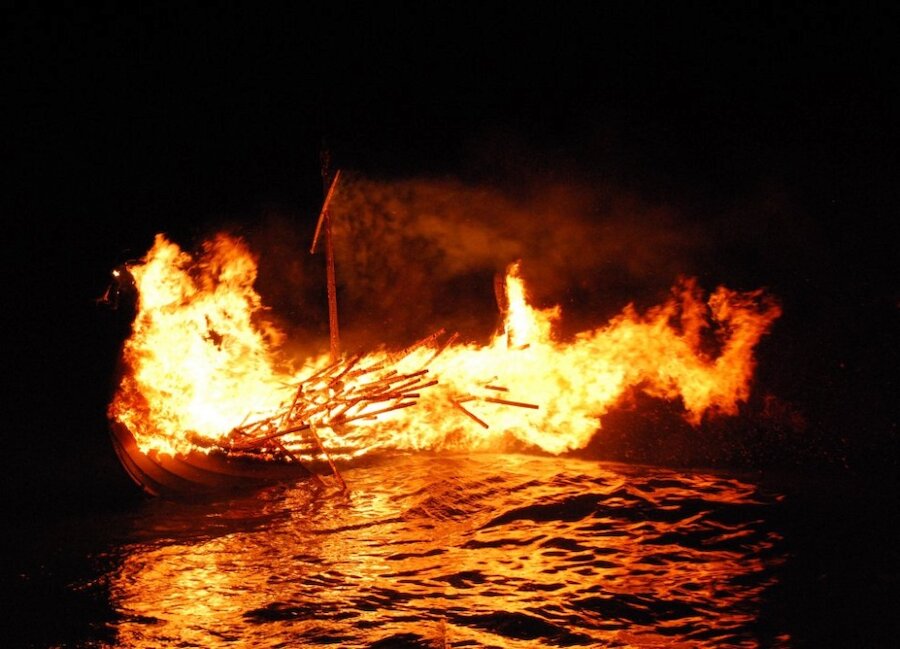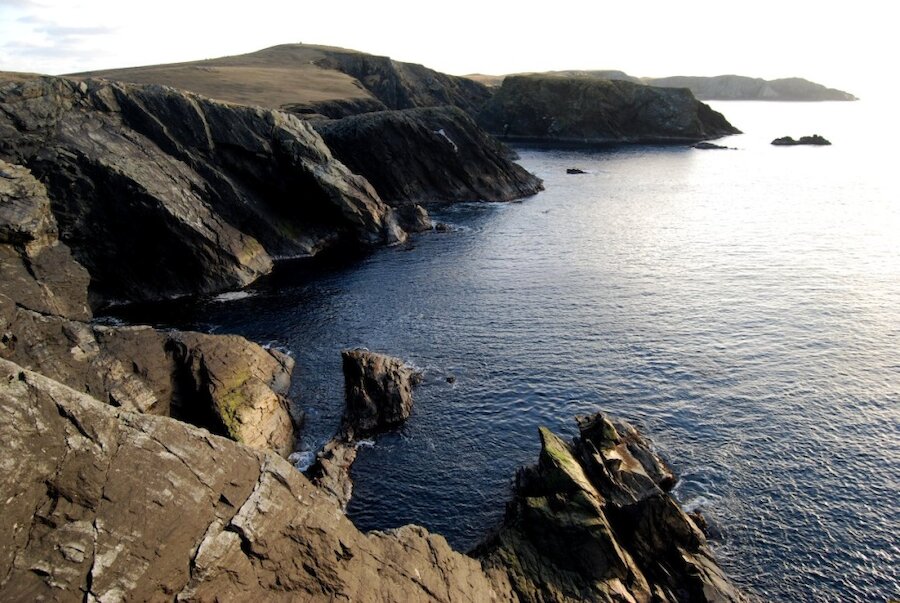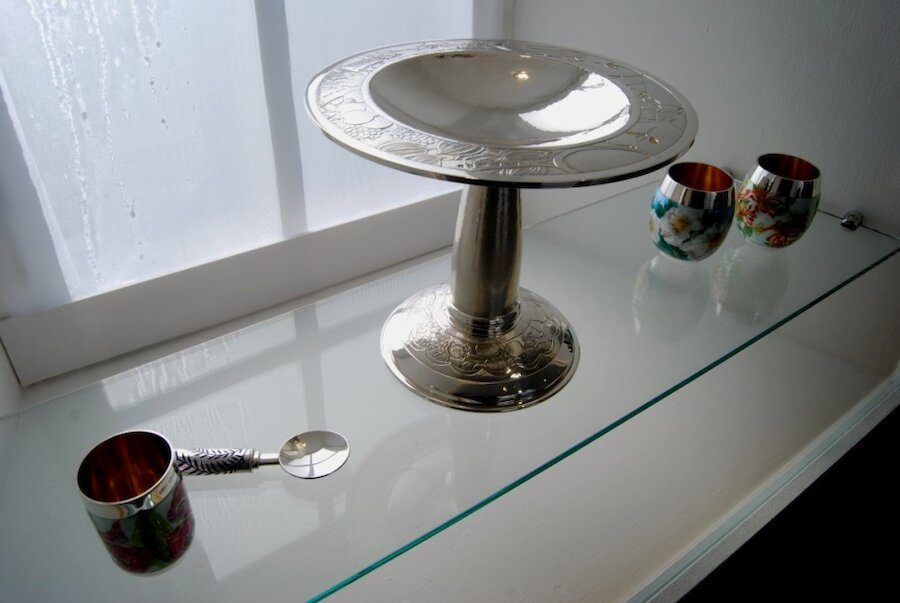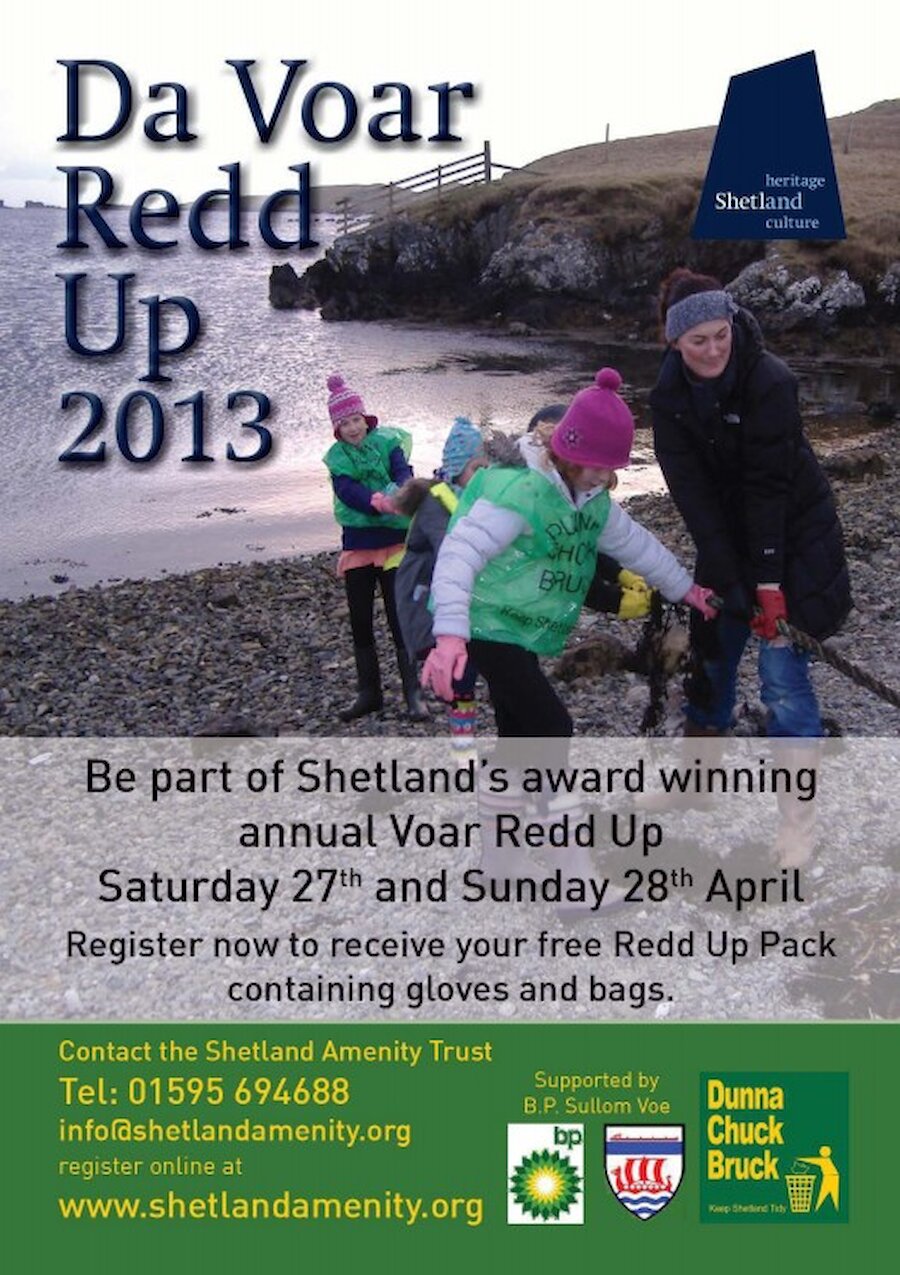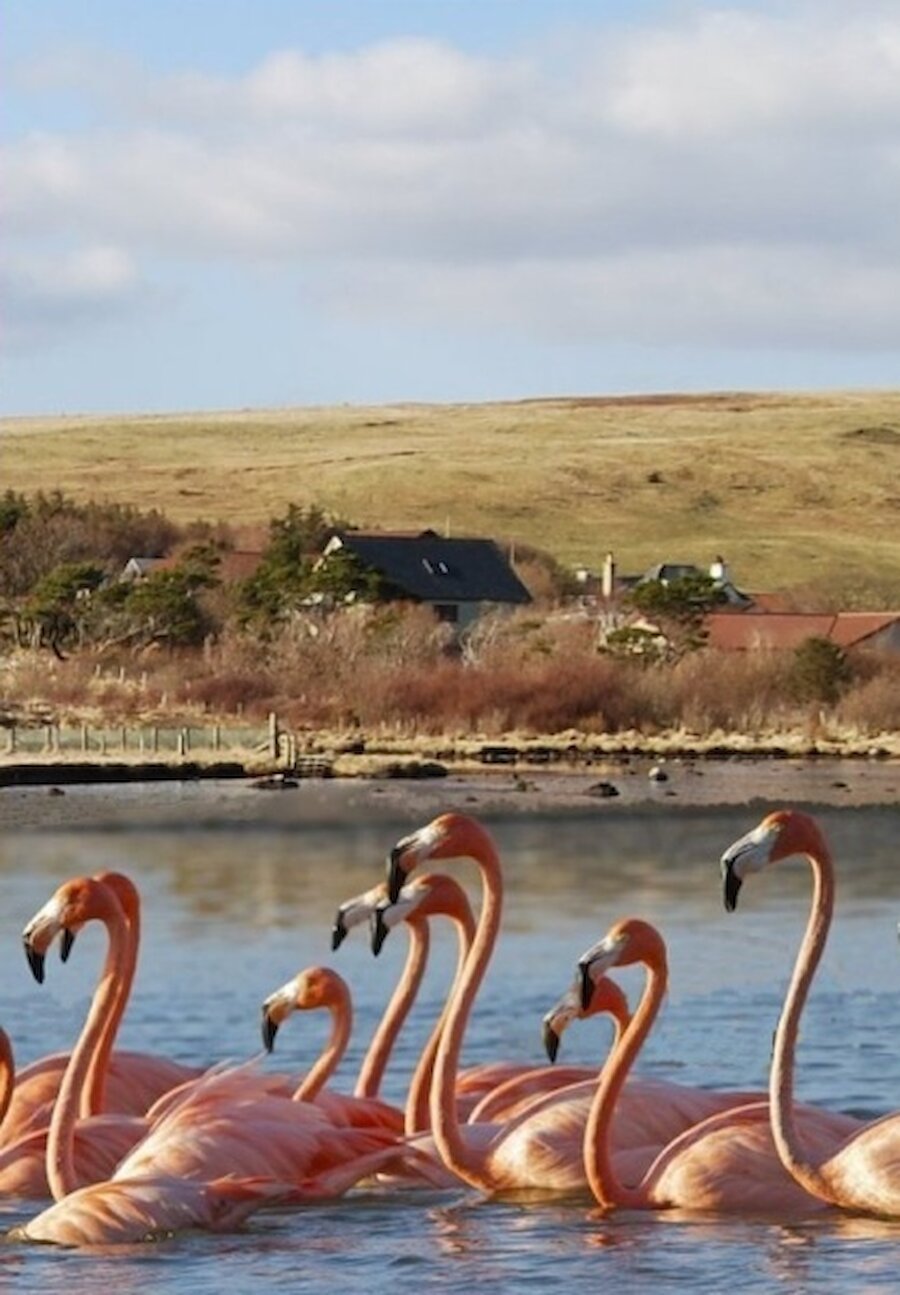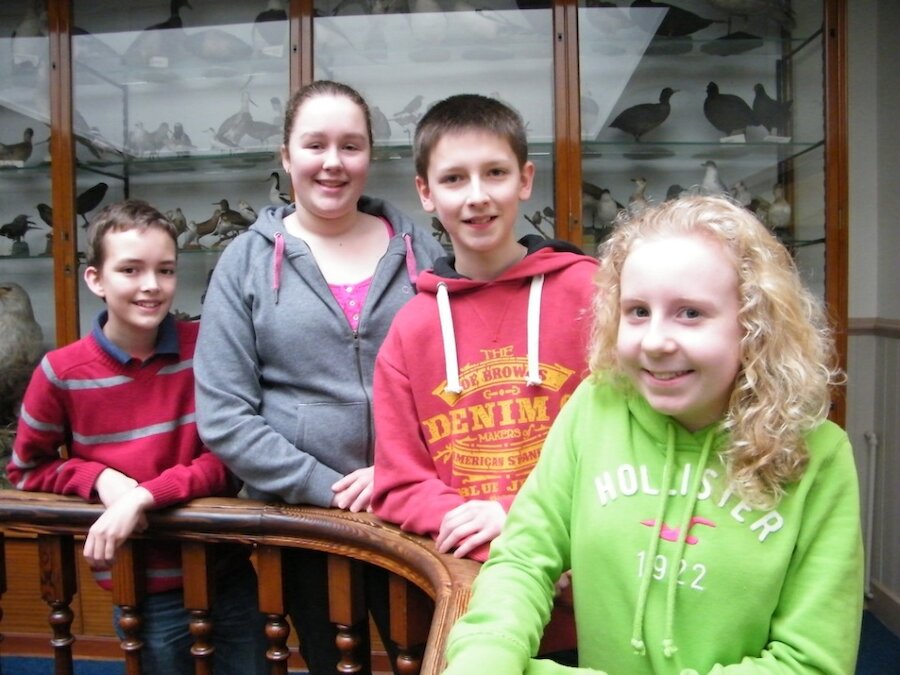Hi, I'm Alastair and I'd like to welcome you to the April 2013 issue of our monthly newsletter.
March saw lots of national exposure for Shetland and, back in the islands, there was a very full programme of events. The television crime drama, Shetland, had a mixed reception locally and from television critics; but the most frequent comment I heard was that Shetland's scenery stole the show. Meanwhile Socks, the utterly engaging moon-walking pony, has emerged as a real star, being seen around the world by roughly 6 million people on YouTube and by many more millions across the UK on television and in cinemas - including Mareel in Lerwick. It incidentally had the effect of propelling the music used ('Everywhere', by Fleetwood Mac) into the top twenty, giving the band their first hit in 25 years. As I report below, the children of one Shetland school have been looking at the impact of all this publicity.
Among other excitement, we had the last two fire festivals of the season and I saw the South mainland procession and galley burning at Hoswick. As the galley blazed on a gentle swell, I won't forget the galaxy of embers floating on the sea as the vessel met its end.
March also saw the annual Shetland Schools Music Festival, as eclectic as ever, with all kinds of music being played on a wide range of instruments by some astonishingly gifted young people. Finley Armstrong (aged 11) of Dunrossness Primary School, carried off the title of Junior Young Musician of the Year for his virtuoso trumpet playing: he's a huge Louis Armstrong fan. Hannah Adamson (15) from Sandwick Junior High School was declared Senior Young Musician of the Year. She had entered in both violin and alto sax and her violin performance clinched the title. Hannah plays another three instruments and is in the National Youth Orchestra of Scotland.

